Have you ever wondered if age really matters in love? I have. I remember the feeling of excitement and uncertainty when I met someone who seemed perfect for me, but then the thought of our age difference would creep into my mind. Is it acceptable? Will it work?
Age can be a sensitive topic in relationships, with societal norms and personal preferences playing a significant role. That’s why I’m thrilled to introduce you to an invaluable tool – the Acceptable Age Gap Calculator. With this online calculator, you can easily determine the age difference between two people and gain insights into the suitability of your relationship.
Using the Acceptable Age Gap Calculator, you can input the birth dates or ages of two individuals and obtain precise results. It provides you with the exact age difference in years, months, and days, as well as the number of days in the age gap. It’s simple, user-friendly, and can bring clarity to your relationship journey.
Whether you’re curious about a potential partner, assessing your own age preferences, or simply exploring the topic, the Acceptable Age Gap Calculator can be your faithful companion. Let’s dive in and discover the wonders of this powerful tool.
Key Takeaways:
- Age can be a sensitive topic in relationships, but the Acceptable Age Gap Calculator can provide clarity and insights.
- The calculator allows you to input birth dates or ages to determine the precise age difference.
- It provides you with the exact age difference in years, months, and days.
- The Acceptable Age Gap Calculator is simple, user-friendly, and can help you make informed decisions about your relationships.
- Explore the wonders of the Acceptable Age Gap Calculator and find clarity in matters of the heart.
How to Use the Age Difference Calculator
The age difference calculator is a user-friendly tool that can be used by anyone to determine the age gap between two individuals. Whether you want to calculate the age difference in years, months, weeks, or days, the calculator provides accurate results. Here’s a step-by-step guide on how to use the age difference calculator:
- Input the ages: Start by entering the ages of the two persons you want to calculate the age difference for. You can enter the ages in years, or you can use the years of birth or dates of birth if you have that information available.
- Choose the order: The age difference calculator allows you to enter the ages or dates in any order. You can input the age of the older person first or vice versa.
- Calculate the age difference: Once you have entered the ages or dates, click on the calculate button to get the age difference. The calculator will provide the age gap in terms of years, as well as the age difference in full months, weeks, and days if you have provided the dates of birth.
Using the age difference calculator is quick and easy. It provides accurate results, saving you the time and effort of manually calculating the age difference. Whether you are curious about the age difference in your relationship or want to analyze the age gap in a couple you know, the age difference calculator is a valuable tool that can provide valuable insights.
By understanding how to use the age difference calculator, you can easily determine the age gap between two individuals and gain a better understanding of their relationship dynamics.
The Age Difference Formula
The age difference formula is a universal way to calculate the age gap between two individuals. It involves subtracting one age from the other. The formula is: Age Difference = |Age 1 – Age 2|, where |…| is the absolute function (ABS()). This formula can be used with whole numbers or decimals, depending on the required precision. It can also be used to calculate the age difference exactly, even to the day, if dates of birth are supplied.
“Age Difference = |Age 1 – Age 2|”
The age difference formula is a simple yet effective tool to determine the age gap between individuals. Let’s take an example to understand how it works:
Example:
Suppose we have two individuals, Amy and Ben, with ages 30 and 45, respectively. To calculate the age difference between them using the formula, we substitute the values:
Age Difference = |30 – 45|
Age Difference = |-15|
Age Difference = 15
The age difference between Amy and Ben is 15 years. This formula can be used to calculate the age difference between any two individuals, providing a precise measurement of the gap in years.
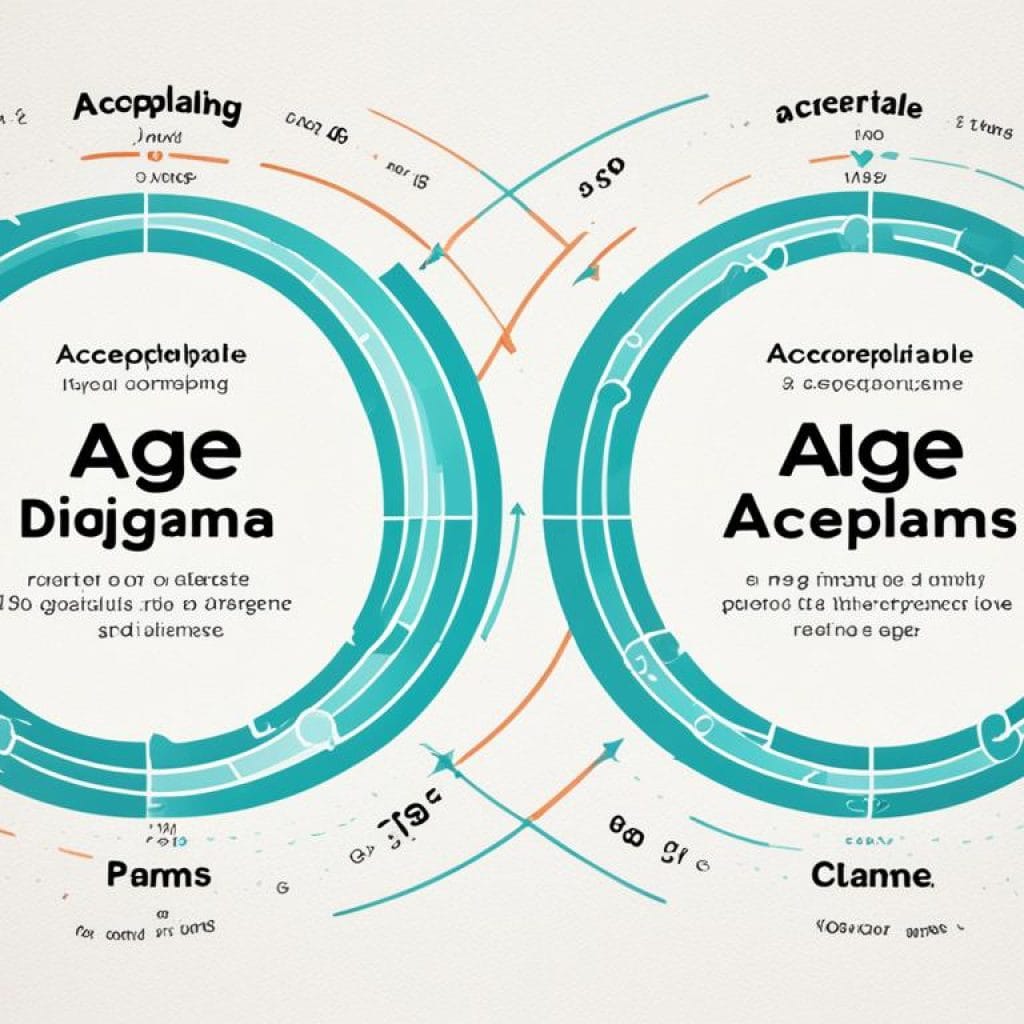
The age difference formula is a valuable tool for individuals seeking to assess the age gap in relationships or better understand the dynamics between two people. It helps to quantify the age difference and provides a clear numerical value, facilitating decision-making and discussions about compatibility.
However, it’s important to remember that the age difference formula is just one aspect to consider when evaluating relationships. Other factors such as emotional compatibility, shared values, and life goals should also be taken into account.
The Age Gap in Dating and Relationships
The age gap in dating and relationships is a subjective topic that varies from person to person. While there are no hard set rules, certain age differences are commonly deemed acceptable in society. It is important to consider personal circumstances, goals, and the views and preferences of both individuals when assessing the acceptability of an age gap in a relationship.
An age difference calculator can be a valuable tool in evaluating the age gap in a relationship. By inputting the birth dates or ages of two individuals, the calculator can provide an exact age difference in years, months, and days. This allows individuals to gain a better understanding of the age gap and determine if it falls within societal norms or their personal comfort zone. However, it is crucial to remember that an age difference calculator should be used as a starting point for discussion and self-reflection, rather than a definitive judgment on the viability of a relationship.
“Age is an issue of mind over matter. If you don’t mind, it doesn’t matter.” – Mark Twain
Every relationship is unique, and what matters most is the compatibility, emotional connection, and mutual respect between partners. Age should not be the sole determinant of a relationship’s success or failure. It is essential for individuals to communicate openly, establish shared goals, and address any concerns or challenges that may arise due to the age gap. With understanding and acceptance, couples can navigate the age gap in dating and relationships successfully.
Factors to Consider in Assessing the Age Gap
When evaluating the acceptability of an age gap, it is important to take into account several factors:
- 1. Personal circumstances: Consider the life experiences, maturity, and readiness for commitment of each partner.
- 2. Goals and aspirations: Assess whether both individuals have compatible long-term goals and visions for the relationship.
- 3. Social norms and cultural expectations: Recognize that societal attitudes towards age gaps may vary, and it is essential to navigate these external influences together.
- 4. Emotional connection and communication: Focus on the quality of the relationship, the ability to relate to one another, and the level of emotional support and understanding.
Acknowledging and addressing these factors can help individuals make informed decisions about their relationships and navigate any challenges that may arise due to the age difference.
| Age Gap | Acceptance |
|---|---|
| Less than 5 years | Generally widely accepted |
| 5-10 years | Commonly accepted, but may attract societal attention |
| 10-15 years | May face more significant scrutiny and judgment |
| 15+ years | Considered a larger age gap, potential for greater challenges |
It is essential to remember that societal norms and acceptance can vary depending on culture, region, and personal perspectives. Ultimately, the success of a relationship lies in the love, understanding, and commitment shared between two people, regardless of their age difference.
The Rule of Seven
The rule of seven is a widely recognized guideline used in dating to define the acceptable age range between partners. This rule provides a simple formula for determining the minimum and maximum ages when considering a potential partner. While it is not a definitive rule, it offers a helpful framework for assessing age gaps in relationships.
According to the rule of seven:
- To calculate the minimum socially acceptable age for a partner, divide your age by two and add seven.
- To calculate the maximum socially acceptable age for a partner, subtract seven from your own age and double it.
For example, if you are 30 years old, the rule of seven would suggest that the youngest socially acceptable partner would be:
(30 ÷ 2) + 7 = 15 + 7 = 22 years old
And the oldest socially acceptable partner would be:
(30 – 7) Ã 2 = 23 Ã 2 = 46 years old
It is important to note that while the rule of seven provides a rough guideline, individual circumstances, maturity levels, and personal preferences should also be taken into account when considering age gaps in relationships. Communication, compatibility, and shared goals are crucial factors that can ultimately determine the success of a relationship, regardless of age.
The rule of seven can serve as a starting point for evaluating age differences and compatibility, but it should never be the sole basis for judging the suitability of a relationship. Understanding and respecting individual preferences and circumstances is key to fostering healthy and fulfilling partnerships.
Key takeaways:
- The rule of seven is a common guideline for assessing age gaps in relationships.
- It suggests dividing your age by two and adding seven to determine the minimum socially acceptable age for a partner.
- For the maximum socially acceptable age, subtract seven from your own age and double it.
- Individual circumstances, maturity, and compatibility are essential considerations in relationships, regardless of age.
Desired Age Difference in Relationships
When it comes to the desired age difference in relationships, personal preferences and cultural norms play a significant role. Research suggests that women generally prefer partners who are around their own age, with a small range of a few years in each direction. On the other hand, men often express interest in younger partners, particularly when it comes to casual affairs and sexual fantasies.
It is important to understand that these preferences can vary widely among individuals, and there is no one-size-fits-all rule for the ideal age difference in couples. Each person has unique preferences and factors that influence their desired age gap. It could be based on shared values, common interests, or personal experiences.
“Age is just a number, and what truly matters is the connection and compatibility between two individuals.”
While societal norms and stereotypes may shape our perceptions of age gaps in relationships, it is essential to remember that love and connection transcend age. What matters most is the mutual understanding, respect, and emotional compatibility between partners.
The Role of Personal Circumstances
Personal circumstances also play a significant role in determining the desired age difference in relationships. Factors such as life goals, stability, and life experiences can influence how individuals perceive and navigate age gaps. For some, shared experiences and a similar life stage are crucial, while others may find excitement in the differences between partners.
Challenging the Norms
It is important to challenge societal norms and stereotypes when it comes to age differences in relationships. Love knows no boundaries, and genuine connections can be formed between partners of any age. It is essential to approach relationships with an open mind and judge them based on the quality of the connection rather than preconceived notions about age.
Understanding and Communication
Desired age differences in relationships can be deeply personal and should be discussed openly and honestly between partners. Understanding each other’s expectations, concerns, and desires can help create a strong foundation for a successful relationship.
Remember, there is no universally ideal age difference in relationships. The key is to find a partner who shares your values, supports your dreams, and brings happiness into your life, regardless of their age. Love and connection are what truly matter, and when you find that special someone, age becomes nothing more than a number.
Scientific Research on Age Preferences in Relationships
A study conducted by Dutch social psychologists explored age preferences for mates across different ages and levels of engagement. The findings shed light on the complexity of age preferences and the individual differences that exist.
| Gender | Age Group | Age Preferences |
|---|---|---|
| Women | Younger | Remain relatively consistent, with a small range of a few years in each direction |
| Older | Remain relatively consistent, with a small range of a few years in each direction | |
| Men | In their 40s | Show interest in younger partners, particularly for sexual fantasies and casual affairs |
| In their 50s | Show interest in younger partners, particularly for sexual fantasies and casual affairs | |
| In their 60s | Show interest in younger partners, particularly for sexual fantasies and casual affairs |
The study reveals that women’s age preferences tend to remain relatively stable, with a narrow range of acceptable age differences. On the other hand, men in their forties, fifties, and sixties express a greater interest in younger individuals, particularly in the context of sexual fantasies and casual affairs. These findings highlight the need to consider individual preferences and societal norms when examining age gaps in relationships.
Age Difference Statistics in Heterosexual Marriages
Curious about age differences in marriages? Let’s explore the statistics from the U.S. Census Bureau to gain insights into the dynamics of heterosexual couples.
The data reveals that the majority of marriages have an age difference of less than one year or a small age gap of 2-3 years. However, it’s worth noting that a significant percentage of marriages involve larger age differences, with husbands generally being older than their wives.
“Age doesn’t define the success of a marriage. It’s the love, respect, and compatibility that truly matter,” says relationship expert Dr. Lauren Adams.
These statistics shed light on the diversity of age gaps in marriages and challenge the notion that there is only one “ideal” age difference. Each couple is unique, and factors such as shared values, communication, and mutual understanding contribute to relationship satisfaction.
Now, let’s dive deeper into the data with a comprehensive table:
| Age Difference | Percentage of Marriages |
|---|---|
| Less than 1 year | 42% |
| 1-2 years | 22% |
| 2-3 years | 16% |
| 3-5 years | 12% |
| 5-10 years | 6% |
| More than 10 years | 2% |
These statistics provide a comprehensive overview of the distribution of age differences in marriages. As shown in the table above, the majority of marriages fall within the range of less than one year to a few years. However, a notable percentage involves larger age differences, demonstrating the unique preferences and dynamics of couples.
It’s important to remember that age difference is just one aspect of a relationship and should not be the sole determinant of its success or failure. Love, trust, and compatibility are paramount, regardless of age.
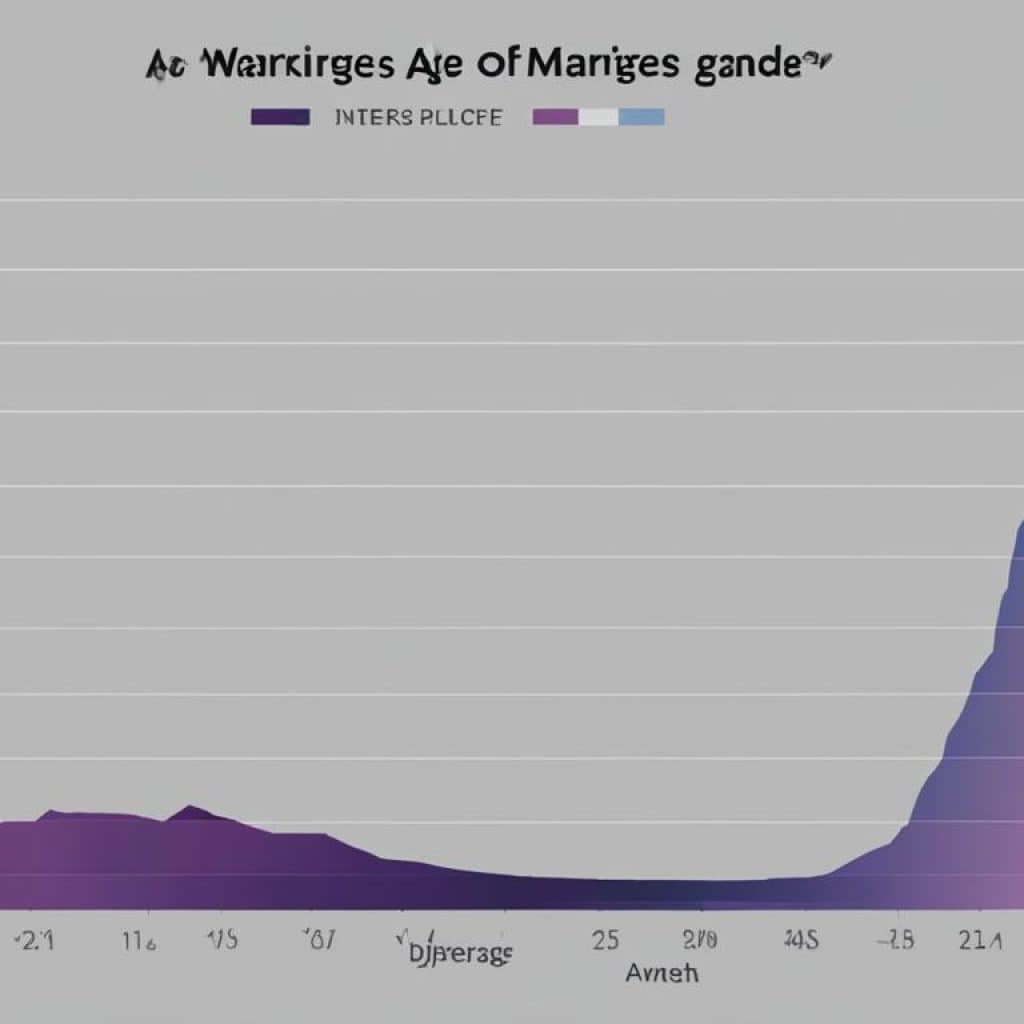
The Significance of Age in Relationships and Society
Age plays a significant role in relationships and society. While age differences can contribute to differences in life experiences, perspectives, and goals, they should not be the sole basis for judging relationships. Ageism, which is discrimination based on age, can negatively influence societal views on relationships with significant age gaps. It is important to challenge ageist stereotypes and promote understanding, acceptance, and respect for couples of all ages.
Relationships thrive on mutual understanding, love, and compatibility, which are not determined by age alone. The significance of an age gap lies in the experiences and perspectives that each individual brings to the relationship. These differences can enrich the dynamics of the partnership and foster personal growth for both individuals involved.
However, societal views on age differences in relationships can be influenced by ageism. Ageism perpetuates stereotypes and biases, leading to judgment and discrimination against couples with significant age gaps. This can create unnecessary barriers and obstacles for individuals seeking love and companionship.
It is crucial to challenge societal norms that dictate acceptable age differences in relationships. Love and connection have no age restrictions, and it is important to recognize and celebrate the diversity of relationships. By promoting understanding and acceptance, we can foster a society that embraces couples of all ages and challenges ageist beliefs.
“Love knows no boundaries. Age should not hinder two hearts from finding each other.” – Anonymous
Body Age vs. Chronological Age
In the realm of age and aging, it is essential to understand the distinction between body age and chronological age. While chronological age represents the number of years an individual has lived, body age refers to the physiological age of a person, taking into account factors such as fitness level, diet, and overall health. It reflects how old or young a person’s body feels and functions.
Chronological age is a straightforward measure that can be determined by simply counting the number of years since birth. However, it does not provide information about an individual’s overall health, vitality, or physical capabilities. Body age, on the other hand, considers various aspects of a person’s well-being and offers a more accurate reflection of their overall health status.
An age difference calculator can help individuals assess the gap between their body age and chronological age. By inputting relevant information related to their fitness level, diet, and lifestyle choices, individuals can obtain insights into how their body age compares to their chronological age. This information can be crucial in making informed decisions about health habits and lifestyle choices that can potentially affect their overall well-being and longevity.
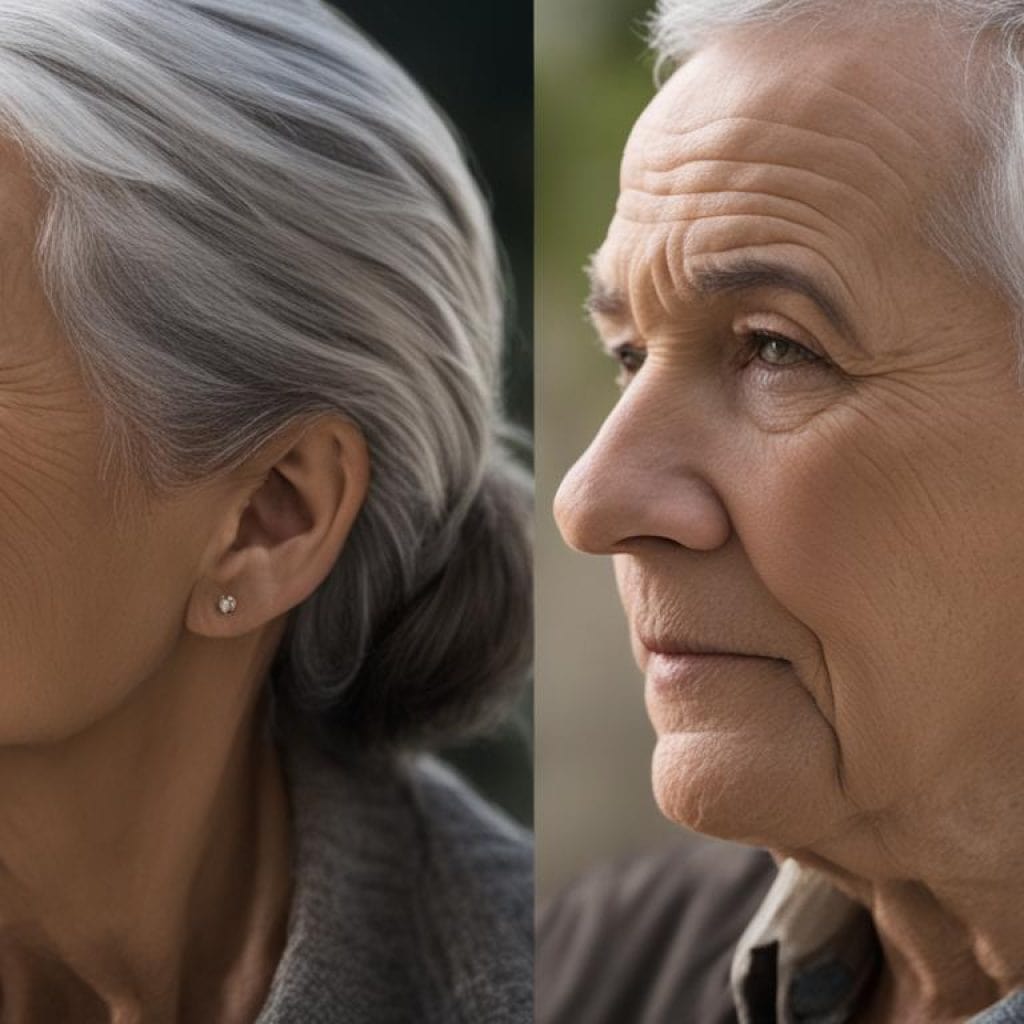
An individual may have a chronological age of 50, but due to an active lifestyle, proper nutrition, and regular exercise, their body age may be closer to that of a 40-year-old. On the other hand, someone with a sedentary lifestyle, poor diet, and unhealthy habits may have a higher body age compared to their chronological age.
Understanding the difference between body age and chronological age can serve as a wake-up call and motivation for individuals to make positive changes in their lifestyle. By adopting healthy habits and addressing any significant gaps between their body age and chronological age, individuals can strive for optimal well-being and improved longevity.
It is important to note that body age and chronological age may vary among individuals based on genetics, environment, and lifestyle factors. The aim is not to achieve a body age that matches chronological age perfectly but rather to promote a healthier lifestyle that supports overall well-being.
Benefits and Limitations of Age Difference Calculators
Age difference calculators offer several advantages that can assist individuals in various aspects of their lives. These calculators provide quick and accurate calculations of age differences, allowing users to determine the precise gap between two individuals. This information can be beneficial in relationships, guiding individuals to assess the suitability of their partners and understand the dynamics involved.
Additionally, age difference calculators play a role in decision-making regarding family planning. By understanding the age difference between parents, individuals can consider factors such as fertility, biological clock, and potential challenges associated with child-rearing at different stages of life. This insight can help couples make informed choices and plan for their future.
“The age difference calculator helped me and my partner gain clarity about our relationship. It allowed us to objectively assess our age difference and discuss how it might impact our future. It was a valuable tool in our decision-making process.”
However, it is crucial to recognize the limitations of age difference calculators. While they provide useful information, they should not be seen as a substitute for professional advice or comprehensive assessments of compatibility, health, or other crucial factors in relationships. Age gap calculators offer a starting point for self-assessment and reflection, but it is essential to consider individual circumstances, values, and long-term goals.
It’s also worth noting that age difference calculators rely solely on chronological age as the basis for their calculations. They don’t take into account other important aspects such as maturity, life experiences, or emotional compatibility. These calculators provide a quantitative assessment but cannot fully capture the complexity and nuances of relationships.
Ultimately, age difference calculators offer valuable insights and guidance, but they should be used in conjunction with other considerations and personal judgment. They can be a useful tool for self-reflection and facilitate important conversations, but decisions about relationships should be based on a comprehensive understanding of various factors, including emotional connection, shared values, and mutual respect.
Evaluating Age in Various Contexts
Age is a significant factor that influences various aspects of life, including relationships, the workplace, and eligibility for benefits. By understanding age differences and considering individual circumstances, societal norms, and legal requirements, individuals can navigate these contexts more effectively and make informed decisions. It is crucial to recognize and challenge age-related stereotypes and biases to promote inclusivity and fairness for people of all ages.
Evaluating Age in Relationships
Age plays a role in relationships, as individuals may have different life experiences, goals, and perspectives based on their age. However, age should not be the sole determining factor in the success or compatibility of a relationship. Emotional connection, communication, shared values, and mutual respect are equally important. It is essential to have open and honest conversations about age-related concerns and expectations to build a strong foundation for a successful partnership.
Evaluating Age in the Workplace
Age diversity in the workplace brings a wealth of experience, knowledge, and fresh perspectives. It is crucial for employers to create an inclusive environment that values employees of all ages, encourages collaboration and learning across generations, and prevents age discrimination. Workplace policies and practices should promote equal opportunities, professional development, and respect, regardless of age. Embracing age diversity can enhance creativity, innovation, and overall organizational success.
Evaluating Age Eligibility for Benefits
Age eligibility for benefits, such as retirement plans, pensions, social security, and health benefits, is often determined by legal requirements or policies. These benefits are designed to support individuals as they progress through different stages of life. It is important to understand the eligibility criteria and plan accordingly to ensure financial security and access to necessary resources in retirement. Seeking professional advice and staying informed about changes in benefit regulations can help individuals make well-informed decisions.
Overall, evaluating age in different contexts requires a nuanced understanding of individual circumstances, societal norms, and legal frameworks. By challenging age-related stereotypes, promoting inclusivity, and embracing age diversity, we can create a more equitable and fulfilling society for people of all ages.
Conclusion
In conclusion, the age difference calculator is an invaluable tool for individuals seeking to assess the suitability of a relationship. By taking into account age difference formulas, societal norms, and personal preferences, individuals can gain a better understanding of age gaps in relationships. However, it is crucial to remember that age is just one factor among many, and communication, trust, and mutual respect should always be prioritized.
It is also important to consider individual preferences, as well as the social context and legal requirements that may impact the interpretation of age differences. While the age difference calculator can provide valuable insights, it should not replace the need for open and honest communication between partners.
Ultimately, relationships are complex and deeply personal. Age should not be the sole determinant of a successful partnership. It is essential to focus on building emotional connection, shared values, and common goals. By fostering a strong foundation of trust and understanding, couples can navigate the challenges associated with age differences and create fulfilling and meaningful relationships.
FAQ
How do I use the age difference calculator?
Using the age difference calculator is simple. You can input the ages of two individuals in years or the dates of birth, and the calculator will provide the exact age difference in years, months, and days.
What is the age difference formula?
The age difference formula involves subtracting one age from the other. The formula is: Age Difference = |Age 1 – Age 2|, where |…| is the absolute function (ABS()).
Are there acceptable age gaps in dating and relationships?
While there are no hard-set rules, there are some age differences that are commonly deemed acceptable. An age difference calculator can help assess if a relationship falls within societal norms.
What is the rule of seven in relationships?
The rule of seven is a guideline used to define the acceptable age range in dating. According to this rule, divide your age by two and add seven to determine the minimum age of a partner. Subtract seven from your own age and double it to determine the maximum socially acceptable age for a partner.
What are the desired age differences in relationships?
Desired age differences vary based on personal preferences and cultural norms. Research suggests women often prefer partners around their own age, while men often express interest in younger partners.
What does scientific research say about age preferences in relationships?
Research shows that women’s preferences for age remain relatively consistent, with a small range of a few years in each direction. Men’s preferences often include interest in younger partners, particularly for casual affairs and sexual fantasies.
What are the age difference statistics in heterosexual marriages?
Statistics show that the majority of marriages have an age difference of less than one year or a small gap of 2-3 years. However, a significant percentage of marriages involve larger age differences, with husbands generally being older than their wives.
How significant is age in relationships and society?
Age plays a role in relationships and society, but it should not be the sole basis for judging relationships. Ageism, which is discrimination based on age, can negatively influence societal views on relationships with significant age gaps.
What is the difference between body age and chronological age?
Body age refers to the physiological age of an individual, considering factors such as fitness level and overall health. Chronological age represents the number of years lived. Age difference calculators can help individuals assess their body age compared to their chronological age.
What are the benefits and limitations of age difference calculators?
Age difference calculators provide quick and accurate calculations, helping individuals assess relationship suitability and make informed decisions about family planning. However, they should not be a substitute for professional advice and comprehensive assessments of health and compatibility.
How does age impact various contexts?
Age is significant in relationships, the workplace, and eligibility for benefits. Understanding age differences and considering individual circumstances, societal norms, and legal requirements can help navigate these contexts effectively.
Should I prioritize age in relationships?
Age should not be the sole priority in relationships. Communication, trust, and mutual respect are essential. Challenge age-related stereotypes and prioritize understanding, acceptance, and respect for couples of all ages.

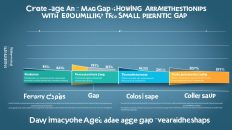


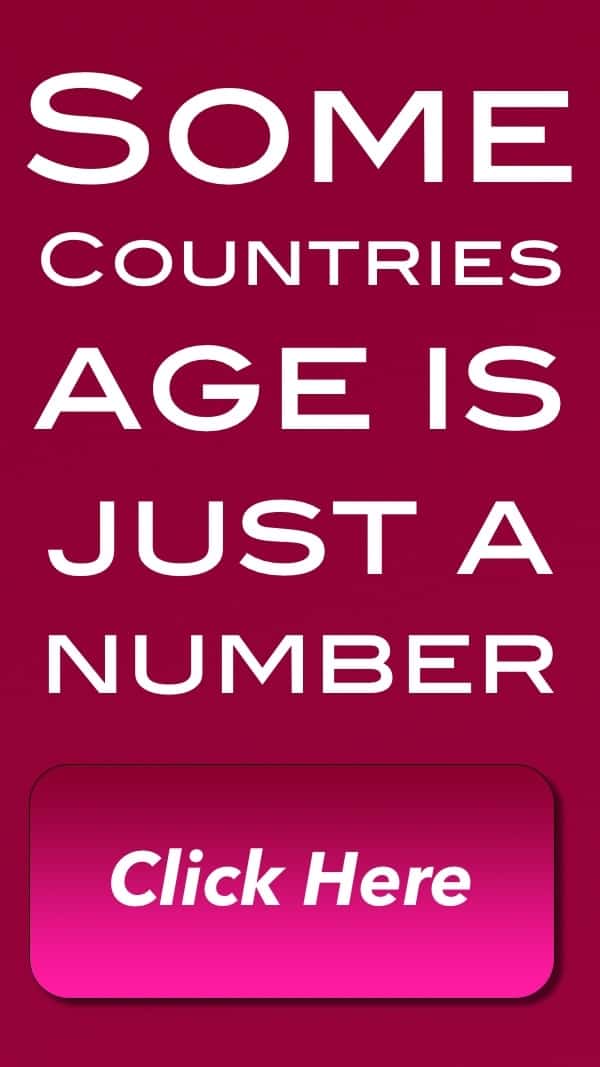



Add comment